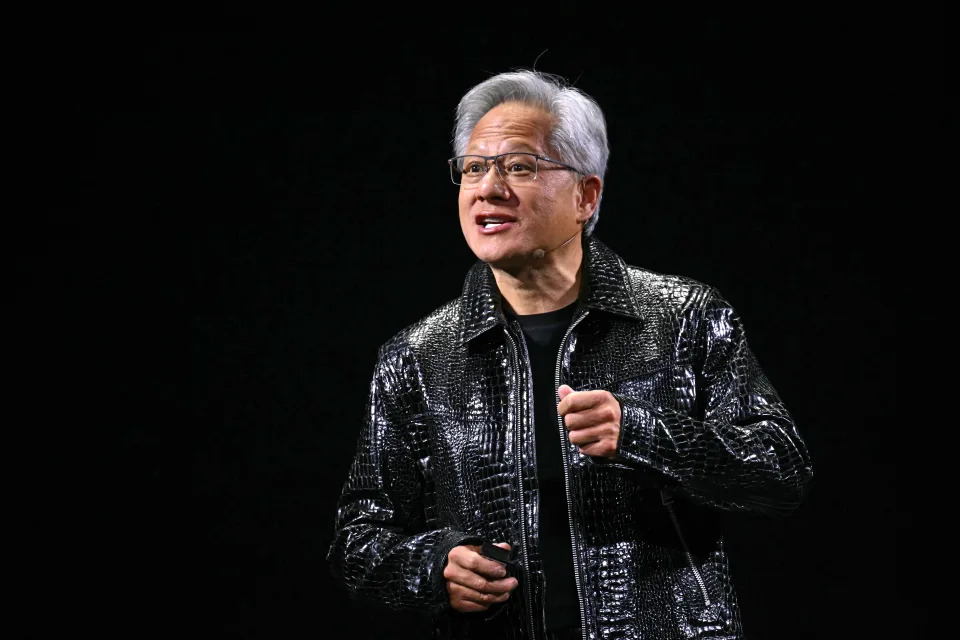Key Takeaways from Jensen Huang’s Keynote Address
Nvidia CEO Jensen Huang kicked off the Consumer Electronics Show (CES) 2025 with a keynote address outlining the company’s artificial intelligence ambitions for consumer and enterprise users in the year ahead. During his speech, Huang debuted several new software technologies designed to help train humanoid robots and power various AI applications.
A New AI Chip: GB10
Nvidia has developed a new AI superchip called the GB10, which is based on the company’s high-powered GB200 platform. Unlike its predecessor, the GB10 pairs one Blackwell GPU with a Grace CPU, making it a more compact version of its counterpart. The chip is designed to be used in desktop computers and is expected to be available in May 2025.
"We’re expecting this computer to be available in the May time frame," Huang said during the keynote. "This little thing here is in full production."
The GB10 will be part of a new desktop platform called Project DIGITS, which combines the AI chip with 128GB of unified memory and 4TB of storage. This setup creates an AI computing system that can sit on a desk and perform complex tasks.
Robots and Self-Driving Cars: Cosmos Platform
In addition to its new AI chip, Nvidia showcased its Cosmos platform for developing physical AI systems like robots and self-driving vehicles. The platform utilizes world foundation models (WFMs), which simulate real-world conditions to help companies develop software needed to power these complex systems.
With Cosmos, developers can test various usage scenarios in a virtual setting without having to use expensive robots or put cars on the road in the real world. This approach will save time and resources while ensuring that AI systems are safe and efficient.
Nvidia also provided information about its Isaac GROOT Blueprint software, which developers will be able to use via Apple’s Vision Pro headset to teach humanoid robots how to move in specific scenarios and situations.
The company mentioned that Toyota, Continental, and Aurora are using Nvidia’s automotive suite of technologies to power their advanced driving and autonomous driving systems. Huang predicted that the autonomous vehicle revolution has arrived and will likely become a multi-trillion-dollar industry.
Gaming Graphics Cards: GeForce RTX 50 Series
Nvidia owes its incredible performance over the past year to its early investments in AI technologies. However, the company is not leaving its gaming roots behind. The new GeForce RTX 50 series of graphics cards promises impressive performance and power for desktop and laptop computers.
The top-of-the-line RTX 5090 offers twice the performance of last generation’s top dog, the RTX 4090. Nvidia claims that its entry-level RTX 5070 can match the RTX 4090’s gaming capabilities thanks to advances in proprietary DLSS software, which uses AI to render and generate frames for games.
Conclusion
Nvidia’s announcement at CES 2025 showcases the company’s commitment to artificial intelligence and its applications. The new GB10 chip and Project DIGITS platform offer powerful tools for developers and researchers working on complex AI systems. Additionally, the company’s continued focus on gaming hardware ensures that Nvidia remains a leader in the industry.
References
- Nvidia’s GB200 Platform: A Powerful Tool for Developers by Source
- The Future of Autonomous Vehicles: An Interview with Jensen Huang by Source
Related Topics
- Artificial Intelligence
- Machine Learning
- Deep Learning
- Robotics
- Self-Driving Cars
- Gaming Graphics Cards

